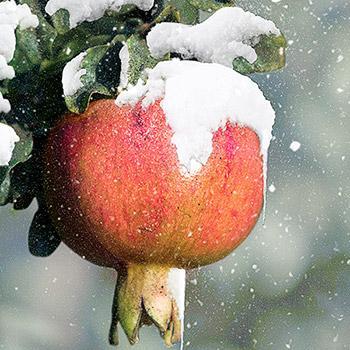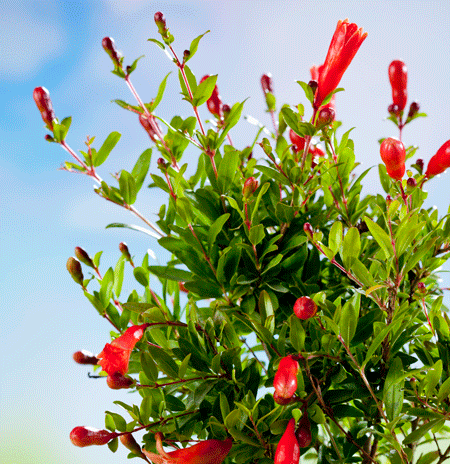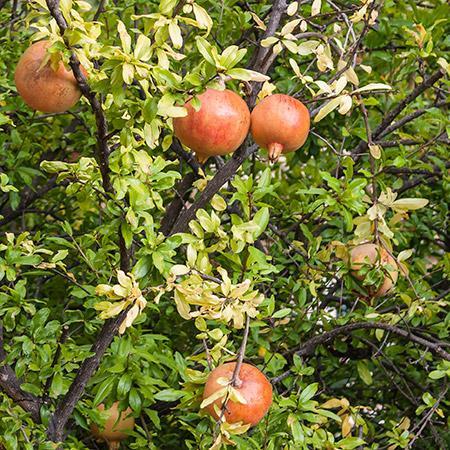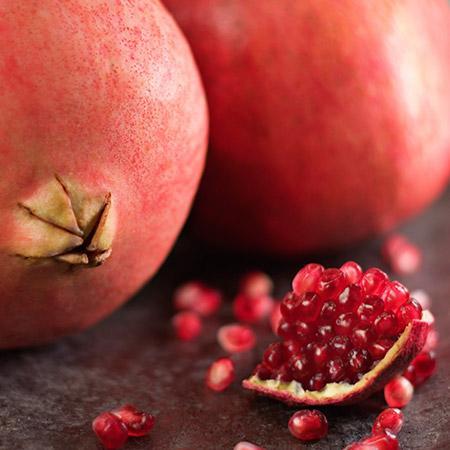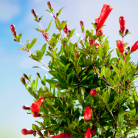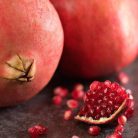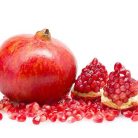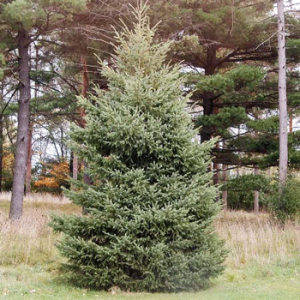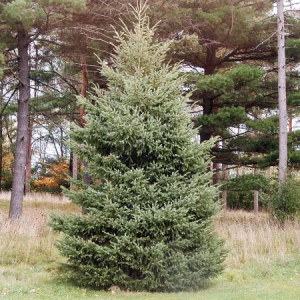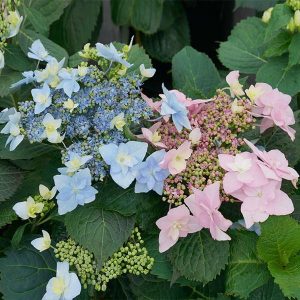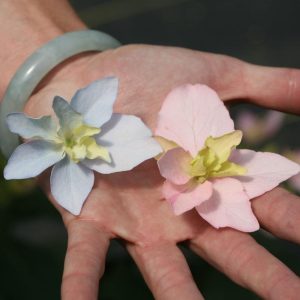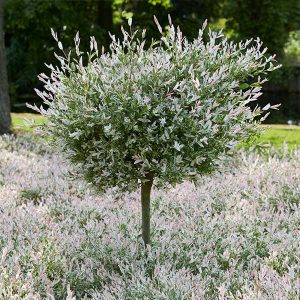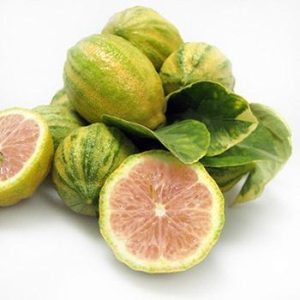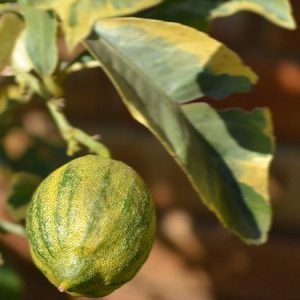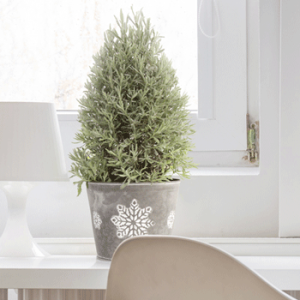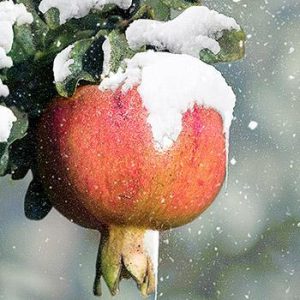Cold Hardy Russian Red Pomegranate® – USDA Organic Online now
- Estimated Delivery : Up to 4 business days
- Free Shipping & Returns : On all orders over $200
Pounds of Pomegranates, Organic and Cold Hardy
Whether you’re living up North or down South, the Russian Red Pomegranate® Tree is meticulously grown to impress. Though it’s the ideal cold hardy tree for those in cooler climes, the Russian Red Pomegranate® is hassle-free wherever it is, with reliable, organic fruit growing in both good and bad years. And you only need one tree to produce fruit!
Plus, Russian Red Pomegranate® Trees bloom later, so late seasonal freezes are no problem. This hardy tree thrives in zones 6-11 but will produce fruit in mild zone 6 areas if they’re protected from harsh winds. If you live in a chillier Northern area, in zones 3-5, you can plant your new Russian Red Pomegranate® Tree in a pot and bring it indoors for the winter. It adapts to nearly any soil type as long as the soil is well-drained.
Best of all, Russian Red Pomegranate® Trees have one of the biggest harvests of any pomegranate tree. Your mature tree can produce up to 90-100 lbs under good, full-sun conditions and in very little space, especially when it’s cross-pollinated with other Reds or Wonderful Pomegranate Trees. A cornucopia of fruit to eat from the branches, share as a snack or juice for healthful benefits, all organically – so harsh chemicals are completely unnecessary.
And fresh fruit is available for nearly 4 months in the fall – delicious, bountiful, sweeter pomegranates that last into colder days. Organic pomegranates are worth almost $3.00 per pound at the grocery store but can be harvested for much less, right from your backyard. Russian Red Pomegranates® are large and juicy, approximately the size of a grapefruit. Easy to grow and unbelievably juicy? There’s nothing better than a homegrown Russian Red.
The Russian Red Pomegranate® Trees provide large, organic fruit that’s hassle-free to nurture and harvest. It’s a no-fuss pick that’s humidity-tolerant and remarkably tough, resisting insects, disease, drought and fruit splitting.
Order now for an attractive, aromatic and productive tree that you’ll love for your garden, backyard and beyond!
Planting & Care
1. Planting: Pomegranates need full sun (6 to 8 hours of sunlight) and well-drained soil.
Make your hole twice the size of the root ball and just as deep. Carefully remove the tree from its pot and gently comb the sides of the rootball with your hands to free up the roots a bit.
Position the tree into the hole and keep it straight as you begin to backfill the hole. Tamp down with your hands to prevent air pockets from forming around the root system. Water the planting area well (but do not over saturate the soil) and then spread a 2 to 3-inch layer of mulch to help conserve moisture.
Choose a pot that will be large enough to grow the tree and be sure it has multiple holes in the bottom. Place the tree into the container and begin to fill in around the roots. Water your tree and tamp down on the soil eliminating any air pockets that may have developed while potting the tree. Place your tree in a location indoors where it will receive full sun, which in turn will give you the best fruiting results.
2. Watering: Pomegranates have a good tolerance to drought conditions. Typically, you should only water your tree once every 7 to 8 days but in the warmer seasons, you may need to provide a little more. A weekly deep watering of the potted pomegranate tree will be sufficient. If you re not sure when to water, just check your surrounding soil about 2 or 3 inches down.
3. Pruning: Avoid doing any trimming of the tree in its first year of growth. When ready to prune, be sure to do so after the threat of any frosts freezes has passed and before the tree is about to start growing. Dead or weak branches should be removed to direct nutrients to the proper areas of the tree at any time of year.
4. Fertilizing: Do not fertilize your tree for the first year of growth. In the second year, if your pomegranate is performing poorly then fertilizer may be needed to supplement the right nutrients to the tree. Apply 2 ounces of nitrogen in the spring and then an additional ounce each following year. When the tree is about five years old, apply 6-8 ounces of nitrogen in the late winter before leaves begin to emerge.
| Height | 1 Quart |
|---|
